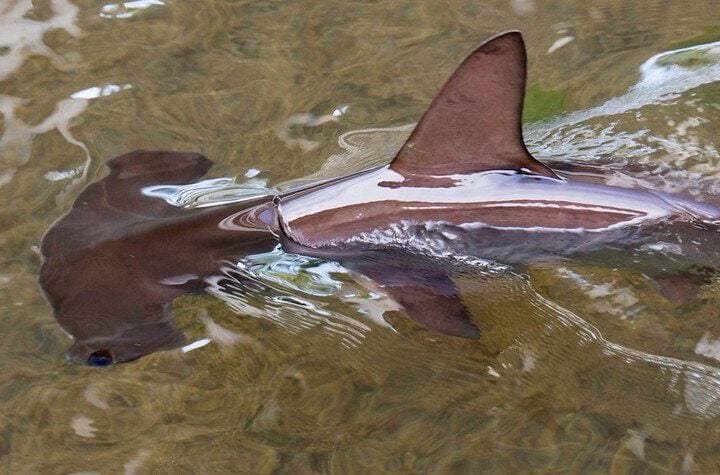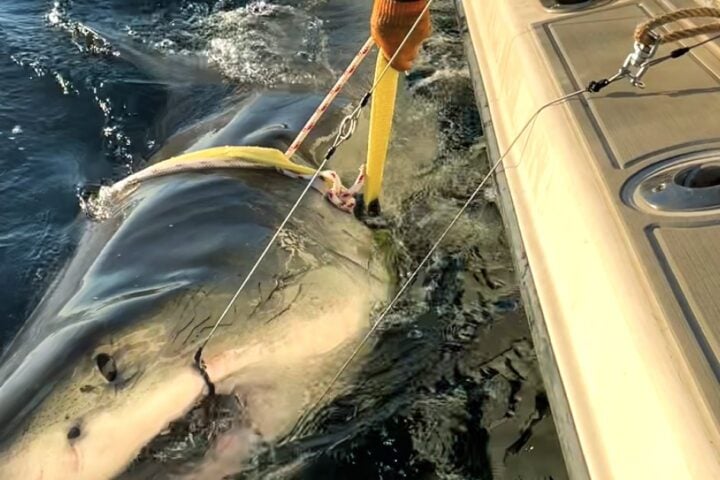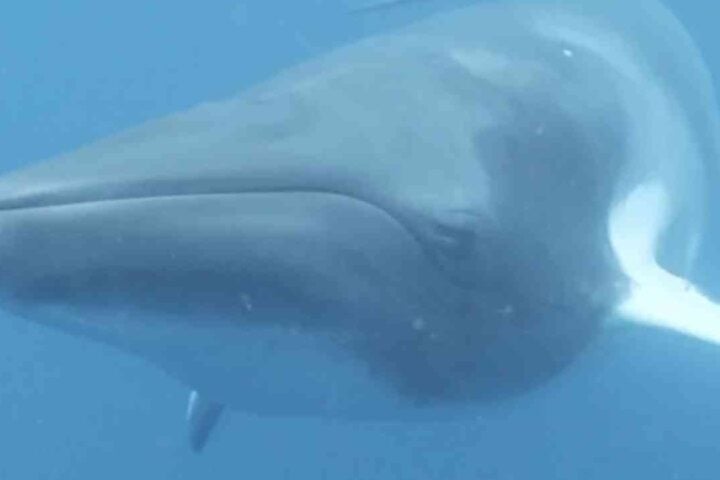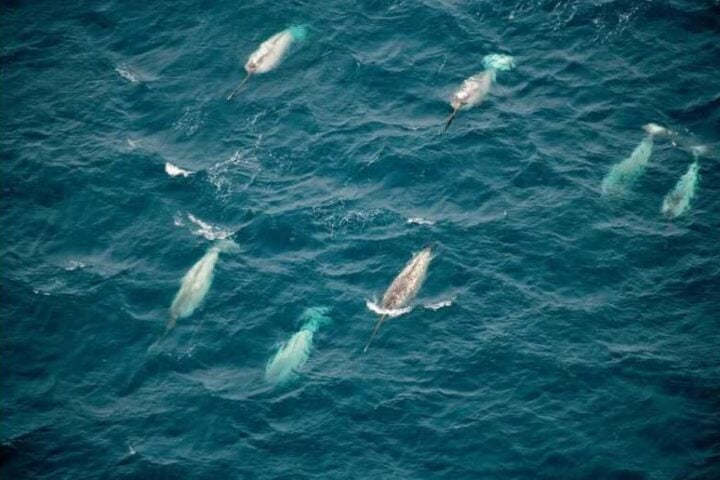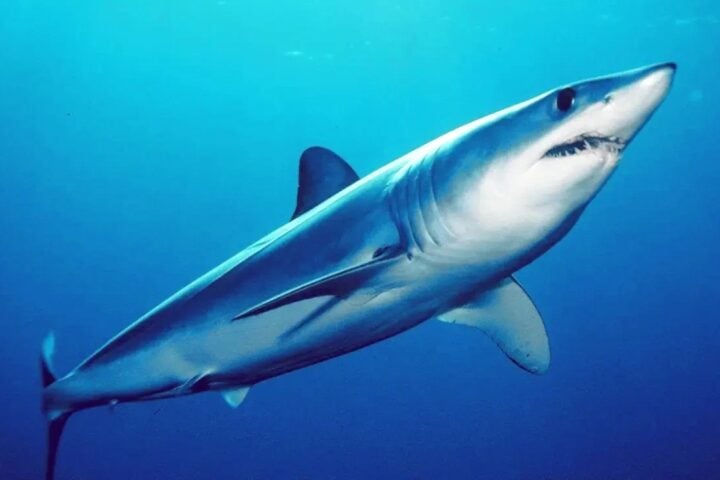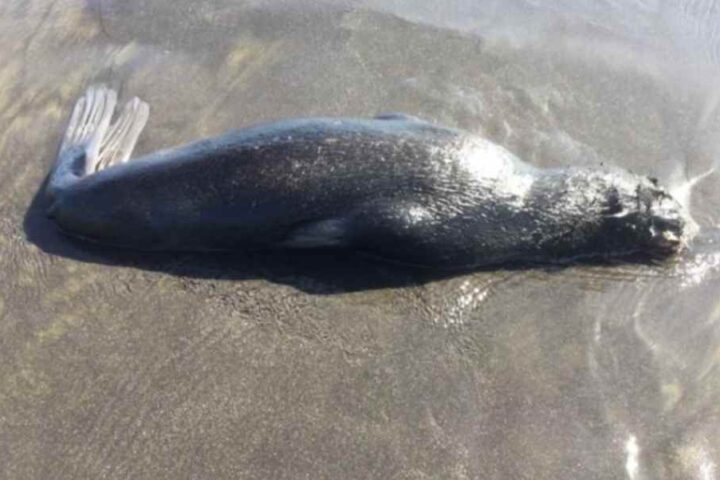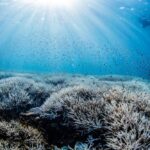In an era where technology intersects with environmental conservation, a remarkable innovation emerges from the depths of history: WhaleVis. Developed by the University of Washington, this interactive dashboard breathes new life into over a century of commercial whaling data, dating back to 1880. This breakthrough is not just a triumph of data visualization but a beacon of hope in marine conservation.
At its heart, WhaleVis is a dynamic map visualizing the spatial distribution of whale populations over time. It ingeniously converts the International Whaling Commission’s dataset, with more than 2.1 million records, into an accessible and interactive format. “Scientific data is a really important aspect of big data, but scientists all over the world have access to completely different hardware and software. Maybe they can’t use big servers to process huge data sets quickly,” remarks senior author Leilani Battle, underlining the challenge tackled by the team. This tool stands as a testament to the painstaking digitization of hand-written logs, offering a unique insight into whaling trends from 1880 to 1986.
The dashboard’s design is a marvel of modern computing and visualization techniques. Developed in Observable notebook using DuckDB for data processing and D3.js for rendering, WhaleVis offers an array of features. Its map visualization, for instance, employs color encoding based on the scientific classification taxonomy for whale species. The scatterplot and binned heatmap augment the spatial analysis, while a graph model representing catch locations and expedition routes sheds light on search efforts and population distributions.
WhaleVis is more than a tool; it’s a narrative of our past, offering reflective insights into the sequential depletion of different whale species due to commercial whaling. This historical perspective is crucial for understanding the current state of whale populations and guiding conservation efforts. Lead author Ameya Patil emphasizes, “Tools like this make information more tangible and comprehensible,” highlighting the tool’s role in making complex data accessible for actionable insights.
Similar Posts
The development of WhaleVis is a sterling example of interdisciplinary collaboration. Computer scientists worked hand-in-hand with experts in aquatic and fishery sciences. Feedback from IWC dataset managers and plans for user studies underscore the inclusive and community-driven approach in its creation. Trevor Branch, a co-author and UW professor, highlights the tool’s capacity to answer numerous questions, particularly in distinguishing subspecies of blue whales. “Being able to visualize the data like this helps us answer a huge number of questions,” Branch stated, illustrating the tool’s practical utility.
Behind every data point in WhaleVis is a story of human endeavor and ecological impact. The tool democratizes access to complex data, enabling researchers, conservationists, and the public to engage with our environmental history. It’s a bridge between the past and the present, offering a window into the human influence on these majestic creatures.
WhaleVis does not just rest on its laurels. Future enhancements include more rigorous graph analysis methods and generalizing its techniques for broader applications like tracking animal movements. This forward-looking approach is vital for adapting historical data to contemporary conservation needs.
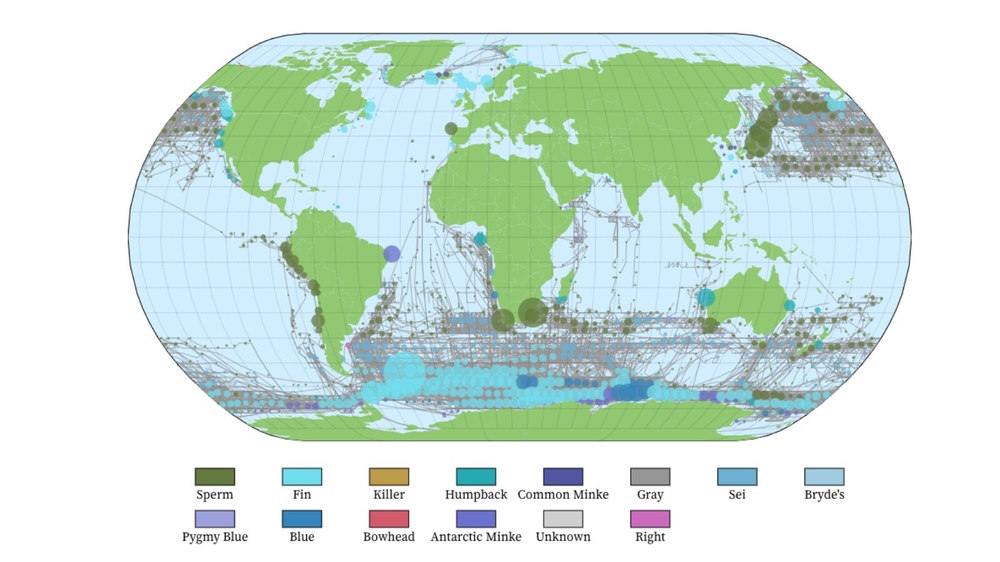
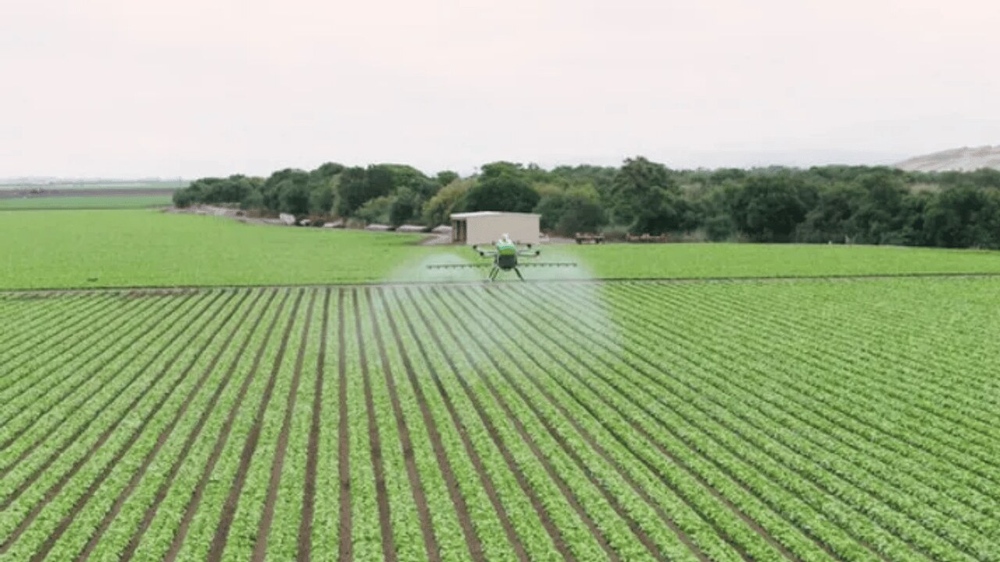
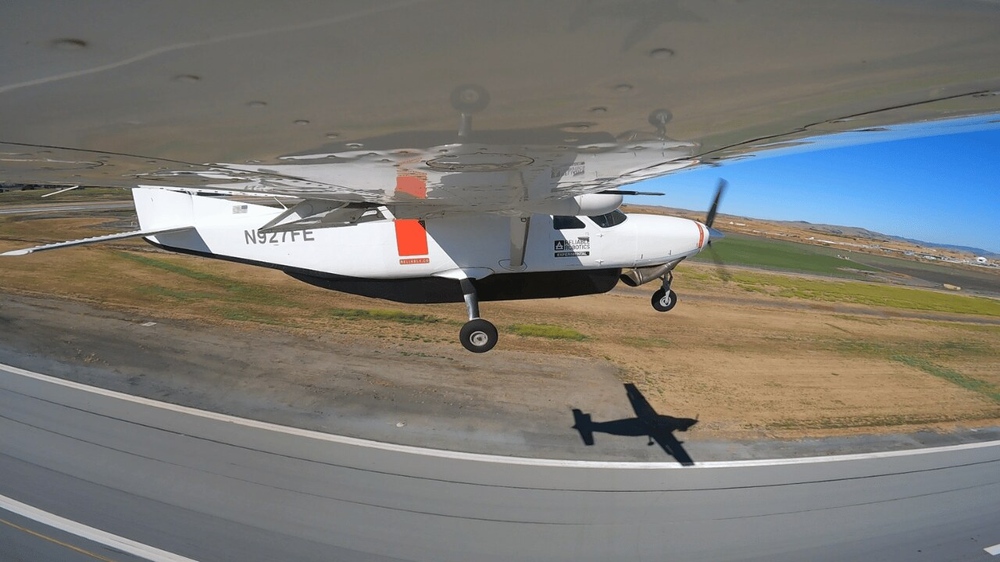
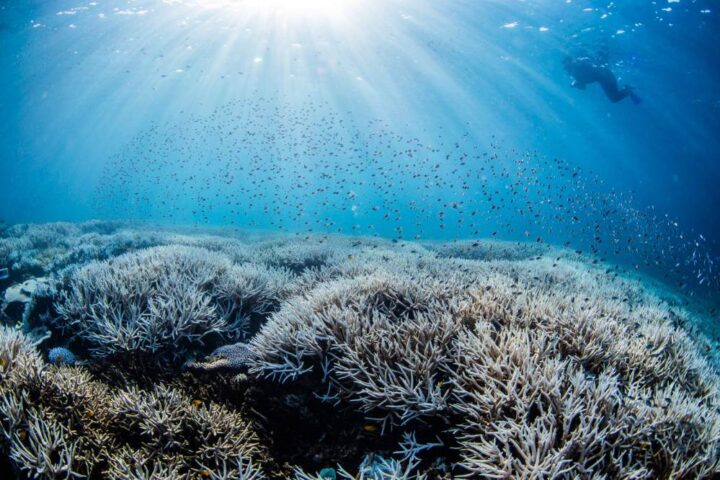
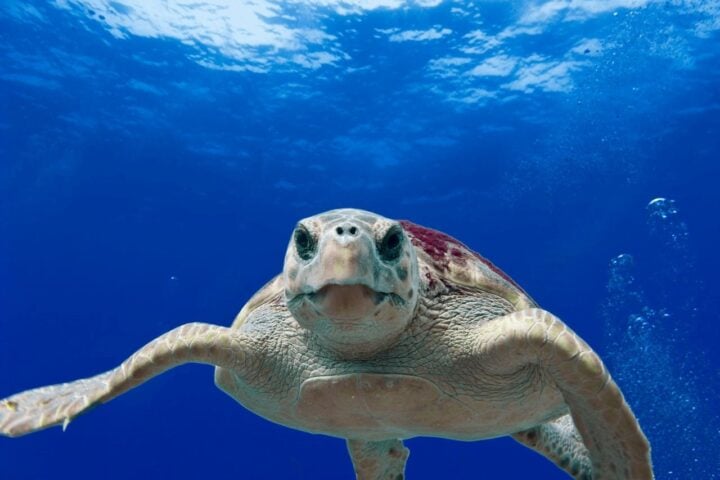
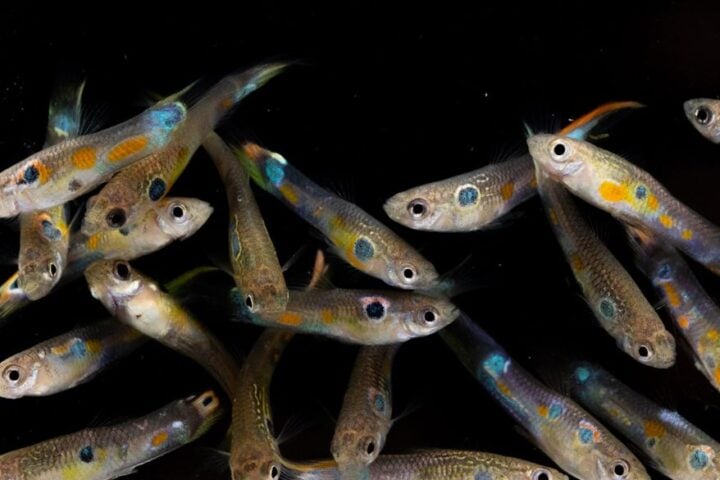



![A male [[Great white shark]] off [[Isla Guadalupe]], [[Mexico]]. Along with many [[Mackerel scad|Mackarel scads]] seen in the background. Photo Source- Terry Goss (CC BY-SA 3.0)](https://www.karmactive.com/wp-content/uploads/2025/06/White_shark-720x480.jpg)
